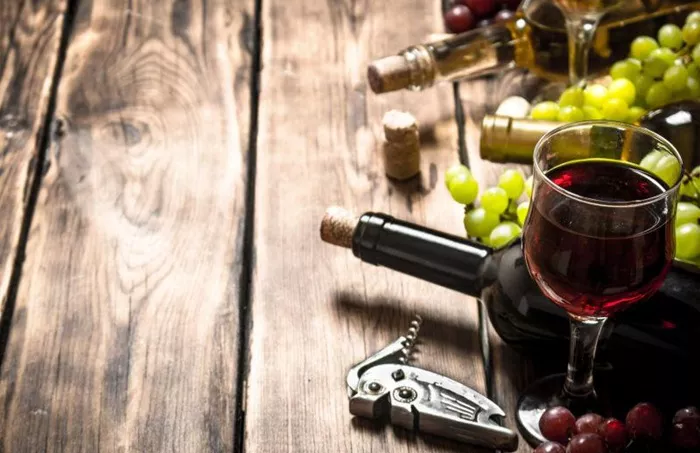Red Cliffs, Victoria — A towering symbol of Australia’s pioneering spirit, Big Lizzie—the nation’s largest tractor and possibly the world’s—stands proudly in a local park, a reminder of the country’s agricultural heritage. Built in 1915 by engineer Frank Bottrill, this 45-tonne behemoth with its massive dreadnought wheels once transformed the Mallee scrublands into fertile farmland, enabling returning soldiers to cultivate citrus, vegetables, and grapes. This region, on the edge of the outback, blossomed into the Sunraysia food bowl, famed worldwide for its grape production.
Yet, a new relic now looms just outside town: the Karadoc Winery, once one of Australia’s largest wine producers, has shuttered its doors after five decades of operation. The closure signals a dramatic shift in the industry, driven by declining wine consumption, changing consumer tastes, and a global surplus.
In 1999, Karadoc Winery was celebrated with a publication titled From Dream to Reality, commemorating its 25th anniversary. At the time, the future seemed boundless. Bob Baxter, the general manager, praised the winery’s transformation from a dairy farm into a world-class operation producing over 360 wines. Karadoc’s flagship, Lindeman’s Bin 65 Chardonnay, was not only Australia’s leading Chardonnay brand but also the top-selling imported Chardonnay in the United States.
The wine industry was riding a wave of expansion, buoyed by growing international markets and glowing reviews from influential critics like Robert M. Parker Jr., who named Bin 65 among the finest value Chardonnays globally. Australian wine enjoyed a golden era of double-digit growth and international acclaim, hailed by The New York Times for combining quality and volume in mass-produced wines.
However, the boom has now evaporated. Karadoc Winery’s decline mirrors broader challenges facing the sector. Paul Milton, a local winemaker who grew up in Red Cliffs and worked at Karadoc since 1999, recalls early warning signs: dwindling investment from parent company Treasury Wine Estates, falling production volumes, and a disappearance of executive oversight. Once employing 400 people and serving as Mildura’s largest private employer, Karadoc’s operational scale and global reach have diminished drastically.
The winery’s affordable reds and whites—brands like Tropicana, Kaiser Stuhl, and Yellow Glen—once dominated both international markets and Australian households, often stocked in casual home settings with iconic advertising jingles like Peter Carey’s “You make us smile, Dr Lindeman.” But after 50 years, the company announced the winery’s impending closure by the end of 2024, marking a sobering end to an era.
Karadoc Winery’s story encapsulates the rise and fall of Australia’s mass-market wine industry, originating in this very region. Once the foundation of Australian wine’s global success, it now stands as a testament to shifting consumer preferences and industry realities. The optimism of the late 1990s has faded, leaving the legacy of Karadoc to be remembered as both a triumph and a cautionary tale in the evolving world of wine.
You Might Be Interested In:


